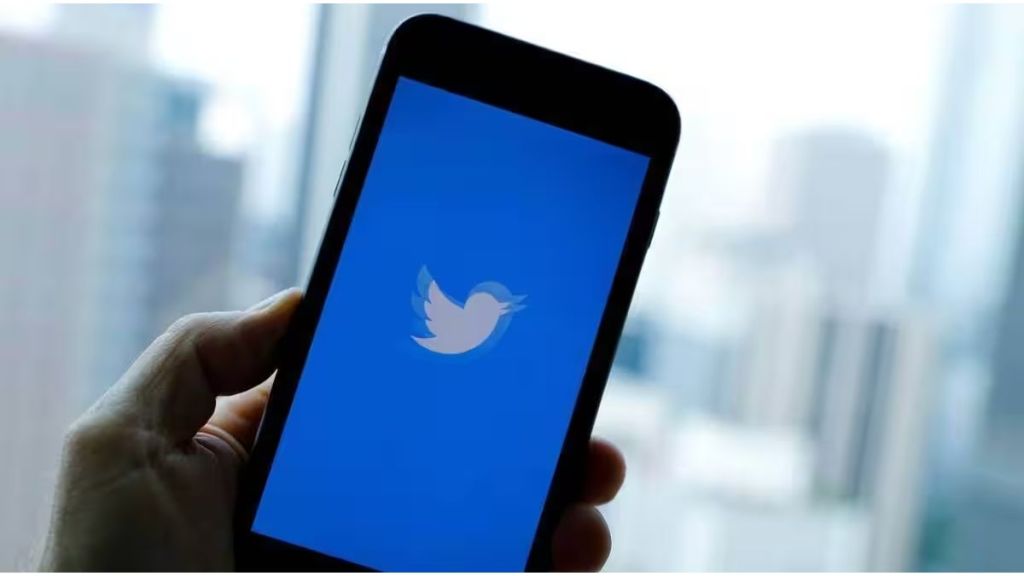Twitter owner Elon Musk’s recent decision to limit the number of views on posts has sparked a furious debate among potential advertisers. Experts argue that this move will prompt brands to abandon the platform and allocate their resources elsewhere, exacerbating the trust issues it is facing after the billionaire assumed control last year. A report by Pathmatics reveals that over half of the top 1,000 advertisers in September 2022, including brands such as Coca-Cola, Unilever, and Merck, stopped spending on the platform by January 2023.
“Twitter’s sudden and unexpected policy changes have caused turbulence and consternation amongst advertisers, bringing into question its role as a dependable advertising platform,” says Samit Sinha, founder and managing partner, Alchemist Brand Consulting.
Traditionally, Twitter provided equal opportunity for all advertisers’ followers to see their tweets. With the recent change by way of limiting tweet views, advertisers will need to adjust their strategy to maintain reach and engagement, as organic visibility will decline. “As a result, engagement levels, in the form of retweets and replies, are expected to drop,” says Karan Anand, SVP, strategy, Interactive Avenues, the digital arm of IPG Mediabrands India.
Ad spending on social media platforms in India stands at $1.28 billion currently and less than 2% of the digital ad spends in the country pass through Twitter.
Currently, the platform earns between 5 and 6 cents per hour of user attention. Musk aims to push this figure higher, to upwards of 15 cents, he has stated. The possibility of this being achieved is dwindling, say experts, as brands are looking to shift their ad budgets to other platforms. A query sent to Twitter by FE about the company’s future plans was met with a rude emoji and no further statement.
“Brands want a stable social media presence on a stable platform. With Musk’s erratic policy changes, many have already stopped advertising. If the ROI gets drastically lower, brands will surely re-evaluate their presence on the platform,” concluded Alin Choubey, business head, north, FoxyMoron (Zoo Media).
Musk has already made his fair share of mistakes. After originally proposing to charge $20 a month for verification and Twitter Blue services, he settled for $8 to give people checkmarks. This undermined the credibility of people on the platform as several fraudulent accounts popped up, spreading misinformation. Musk also sacked thousands of employees, diminishing morale and opening the company up to a set of lawsuits. That apart, he branded a few media labels as “government-sponsored” when they claimed otherwise, ruffling a bunch of feathers.
Stresses & strains
Under the new policy, accounts that do not pay for Twitter Blue (the monthly subscription service) will be temporarily restricted to reading 1,000 posts a day. “Verified” accounts will be able to scroll up to 10,000. “That,” says Vivek Yadav, co-founder of Cosmofeed, “will ultimately harm the advertisers’ bottom line. When users are unable to see as many tweets, the probability of seeing the displayed ads will decrease.”
This limitation on views will present a number of challenges. First, reduced organic reach will lead to lower brand awareness and engagement. This will intensify competition for ad space, as brands pivot towards paid advertising on Twitter, potentially driving up the cost of advertising. Second, advertisers will also need to ensure precise targeting to maximise the impact of their campaigns and avoid wasting impressions on users who are less likely to engage.
Third, there will be additional pressure on brands to create content that can maximise impact within the limited tweet views, points out Siddharth Devnani, co-founder & director, SoCheers.
Experts also say advertisers will have to closely monitor and analyse their campaign performance now on. Key indicators such as engagement rate, click-throughs and conversions will play a crucial role in assessing their success. The upside is, “advertisers will have to adopt a more strategic mindset when advertising on the platform,” says Sachin Kumar, founder, Bottle Openers.
Mohit Hira, co-founder, Myriad Communications, says, “The real question is who gains from all this? Will it be the Meta platforms who could get a new lease of life? Or LinkedIn? Or some other social media brand? Probably, all of them will. And in that sense, it’s a good thing: a dominant brand is losing its hold and several others will emerge.”
Meta’s latest platform, Threads, is being seen as potential competition after it onboarded a whopping 30 million users within 24 hours of its launch. The platform might be gunning for Twitter’s slot in the overall scheme of things, say experts, even though it hasn’t introduced an advertising feature yet.


